As most of you are already familiar, there are different versions of Microsoft Hyper-V, both GUI enabled and GUI-less. This follows suit with the Windows Server versions. Most are well familiar with the GUI enabled Windows Server operating system that has been around since its inception back in the NT 4.0 days. However, the more modern, Server Core and Nano Server versions allow running a very minimal version of the Windows Server operating system without the GUI. This certainly aligns much more effectively with today’s security, scale, and stability objectives of most organizations. Running Hyper-V on top of the GUI-less Server Core version is certainly recommended for production environments running business-critical workloads for many of the reasons already mentioned. The minimal operating system allows for a much small attack vector as well as provides a platform that requires fewer patches and security fixes due to the lack of the GUI interface. However, this can bring about challenges with administration.
In this post, we will take a look at managing Hyper-V Server Core with sconfig and see how the utility allows Hyper-V administrators to effectively manage and perform initial configuration tasks in provisioning a Server Core Windows Server running Hyper-V.
Managing Hyper-V Server Core with Sconfig
So, what is Sconfig and how do you use it?
Sconfig is named as such since it stands for Server Configuration Tool and was purpose built to manage and configure Server Core installations. Interestingly, it is also available in GUI installations of Windows Server as well and can be launched from a command or PowerShell prompt. Sconfig almost feels like a small lightweight GUI configuration tool, although it is command line based. You must be a member of the Administrators group to use the tool as you would any other tool that involves administrative access to Windows Server.
When Server Core or Hyper-V Server (nothing more than Server Core and Hyper-V role already installed) finishes booting, the default behavior is the Sconfig utility will launch automatically. If you accidentally close it, you can simply use the CTRL+shift+Escape combination to run a new task and enter sconfig to relaunch the utility.
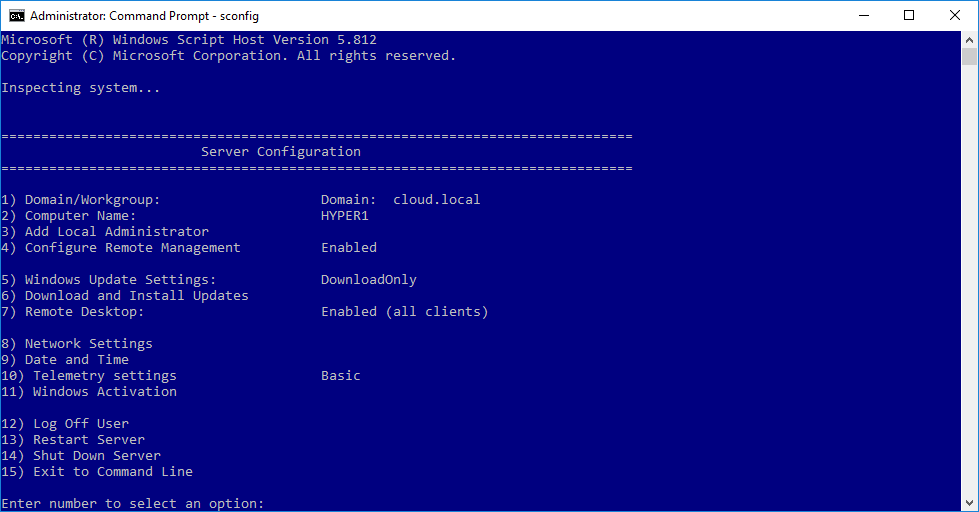
As you can see above, the Sconfig utility contains most of the initial configuration tasks that you will want to accomplish when provisioning a new Server Core Windows Server that will be used with Hyper-V. The options are as follows:
- Domain/Workgroup
- Computer Name
- Add Local Administrator
- Configure Remote Management
- Windows Update Settings
- Download and Install Updates
- Remote Desktop
- Network Settings
- Date and Time
- Telemetry Settings
- Windows Activation
- Log Off User
- Restart Server
- Shut Down Server
- Exit to Command Line
Domain/Workgroup
One of the initial configuration tasks to be considered when provisioning a new Server Core installation is joining a specific workgroup or domain environment. The current Domain/Workgroup settings are displayed in the default Sconfig screen. Choosing option (1) will prompt to confirm the operation and then ask for the domain/workgroup information.

The Domain/Workgroup process includes a workflow to also change the name of the computer as you are joining the Server Core installation to a Domain/Workgroup environment. This allows for a single reboot as opposed to two reboots (one to change the computer name and one to join the domain/workgroup).
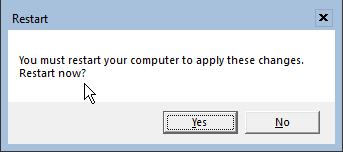
You will then be prompted to reboot the Server Core installation once the join/computer rename process is complete.

Computer Name
The computer name option allows changing the computer name. As is the case with the Domain/Workgroup information, the current computer name is displayed in the Sconfig utility. If you choose, during the Domain/Workgroup join process, you can change the computer name during the same process as described above. However, if you want to only change the computer name, this option allows you to do that.
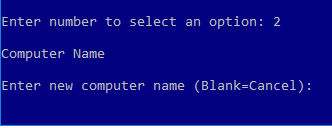
Add Local Administrator
Another important initial and “after the fact” configuration task is adding users to the Administrators local group on the Server Core installation. Option 3 on the Sconfig utility allows adding accounts to the local Administrators group.

Configure Remote Management
An important first step in setting up a new Server Core installation is configuring remote management. Generally speaking, you will configure and administer a Server Core Windows Server remotely. Due to the lack of a GUI, Server Core is by nature designed to never be interactively logged into on a daily basis. Most administrative tasks can be carried out remotely. To do that, remote management needs to be enabled. This option enables remote management by way of Windows Remote Management or WinRM.

Windows Update Settings
Another necessary part of administering any Windows Server is configuring Windows Updates. The Windows Update Settings configuration allows controlling how Windows Updates are downloaded and applied. The options are:
- Automatic – Checks for updates and installs updates automatically, every day at 3:00 A.M
- Download Only – This option downloads all available updates, notifies the administrator that updates ready to apply, but does not automatically apply them
- Manual – When selected, the server will not check for updates automatically
These follow suit with what most Windows Server administrators are familiar with in the GUI with Windows Updates configuration.
Download and Install Updates
Using this option, Windows Server administrators can perform ad hoc checks for Windows Updates and automatically apply any updates that are found. Additionally, administrators can choose to search for all updates or only recommended updates.
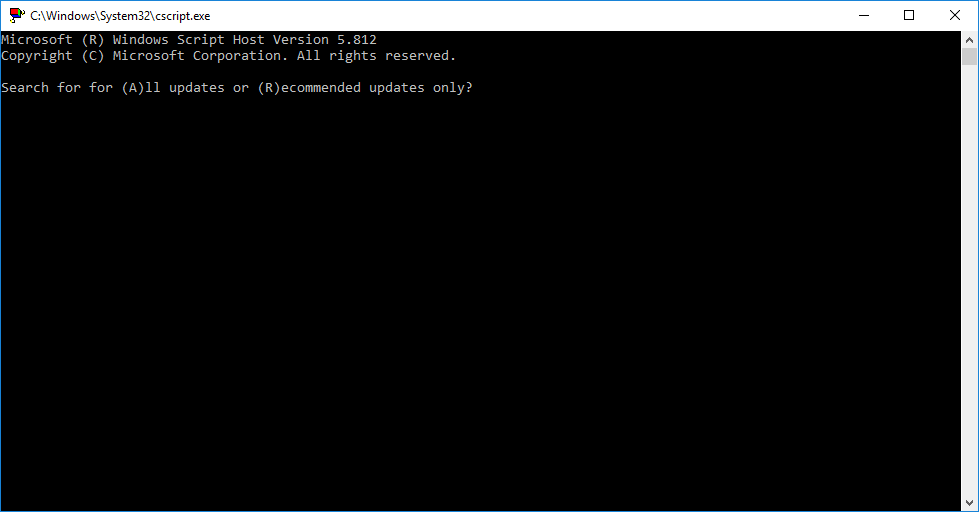
Remote Desktop
Configuring the options for remote desktop connectivity is also an important task to complete when configuring a Server Core installation. With this option, administrators can turn on the ability to RDP into a Server Core installation. Depending on an organization’s security posture with the Server Core installations, this configuration may be optional.
Network Settings
The network settings are a crucial part of configuring any server. Using this option with Sconfig, administrators can view the details of current network connections, configure IP addressing of multiple network adapters, DNS, domain search order, and gateway settings.
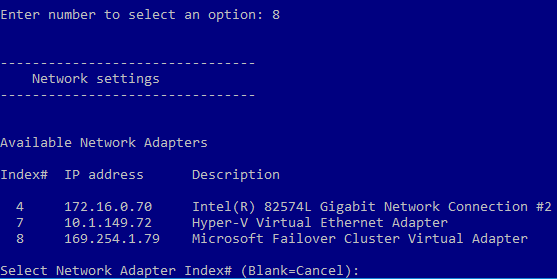
Date and Time
Configuring the data and time with Sconfig simply launches the familiar GUI applet to configure the data and time settings.
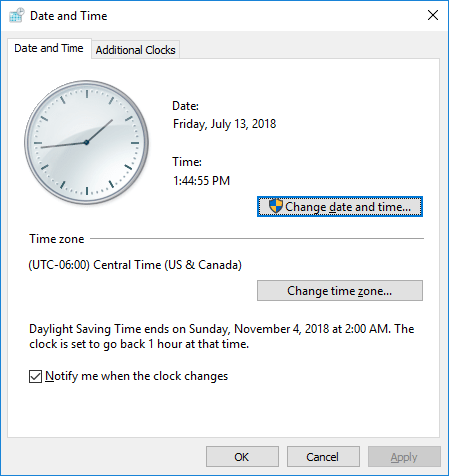
Telemetry
Microsoft can collect what they call telemetry data that is similar to other CEIP data Microsoft prompts to collect. This allows them to anonymously collect configuration data to use in the overall improvement of their products.
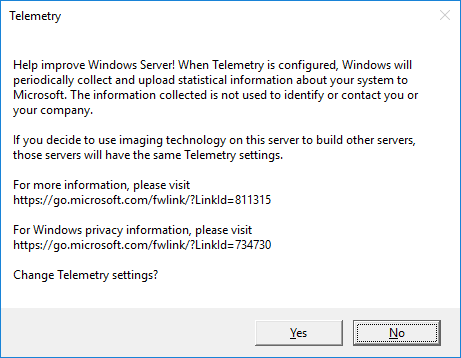
Windows Activation
The Sconfig utility makes it easy to activate your copy of Windows Server. If you are not comfortable using the slmgr.vbs command, you can easily use option 11 in the Sconfig utility to display license information, activate Windows, or install a product key.

Other options
The last few options are rather self-explanatory, but easily allow Windows Server administrators to log off, restart the server, or perform a shutdown. Additionally, to quickly get to the command line, you can choose option 15.
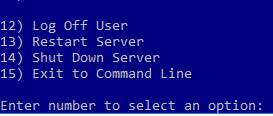
Concluding Thoughts
In production environments, running Server Core installations are certainly best practices for a variety of reasons. First and foremost, your security posture is tightened a bit by using the GUI-less Server Core installation. With less attack vectors and modules to exploit due to the lack of a GUI, Server Core provides a great platform to run business-critical applications including the Hyper-V role. However, managing and configuring a Server Core installation can provide challenges without the GUI to interact with the operating system. The lightweight Sconfig utility provides an easy way to accomplish most of the basic configuration tasks with the look and feel of a lightweight GUI. By using Sconfig, Windows Server administrators can quickly and easily perform basic configuration of Hyper-V servers running on top of Server Core.
Follow our Twitter and Facebook feeds for new releases, updates, insightful posts and more.

